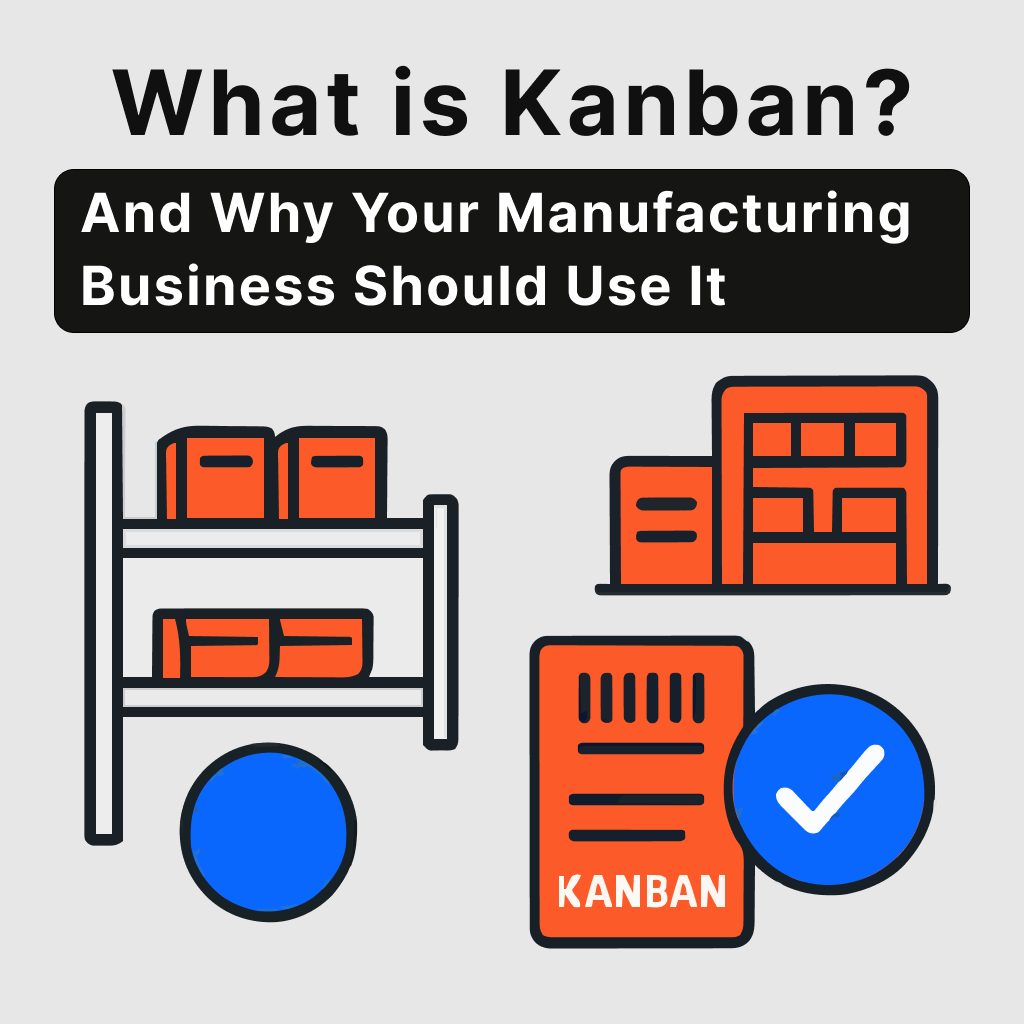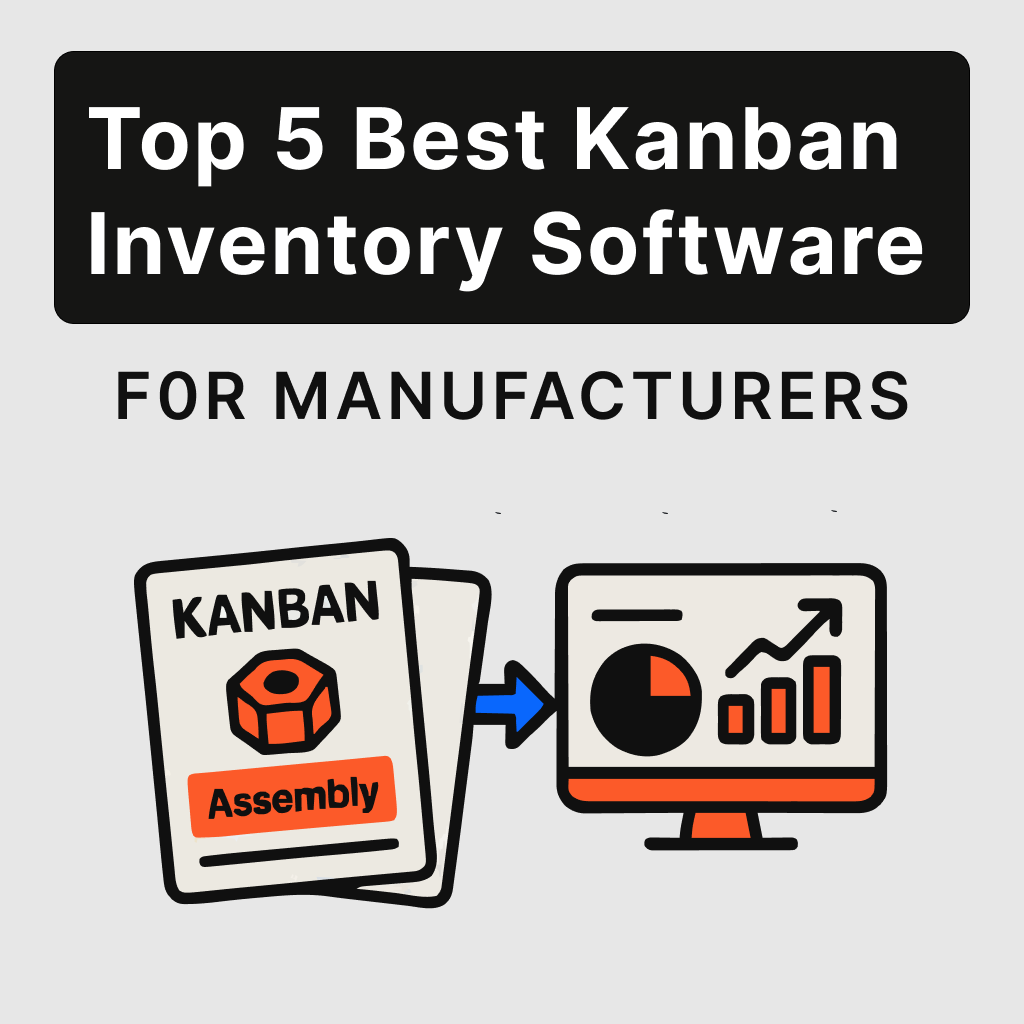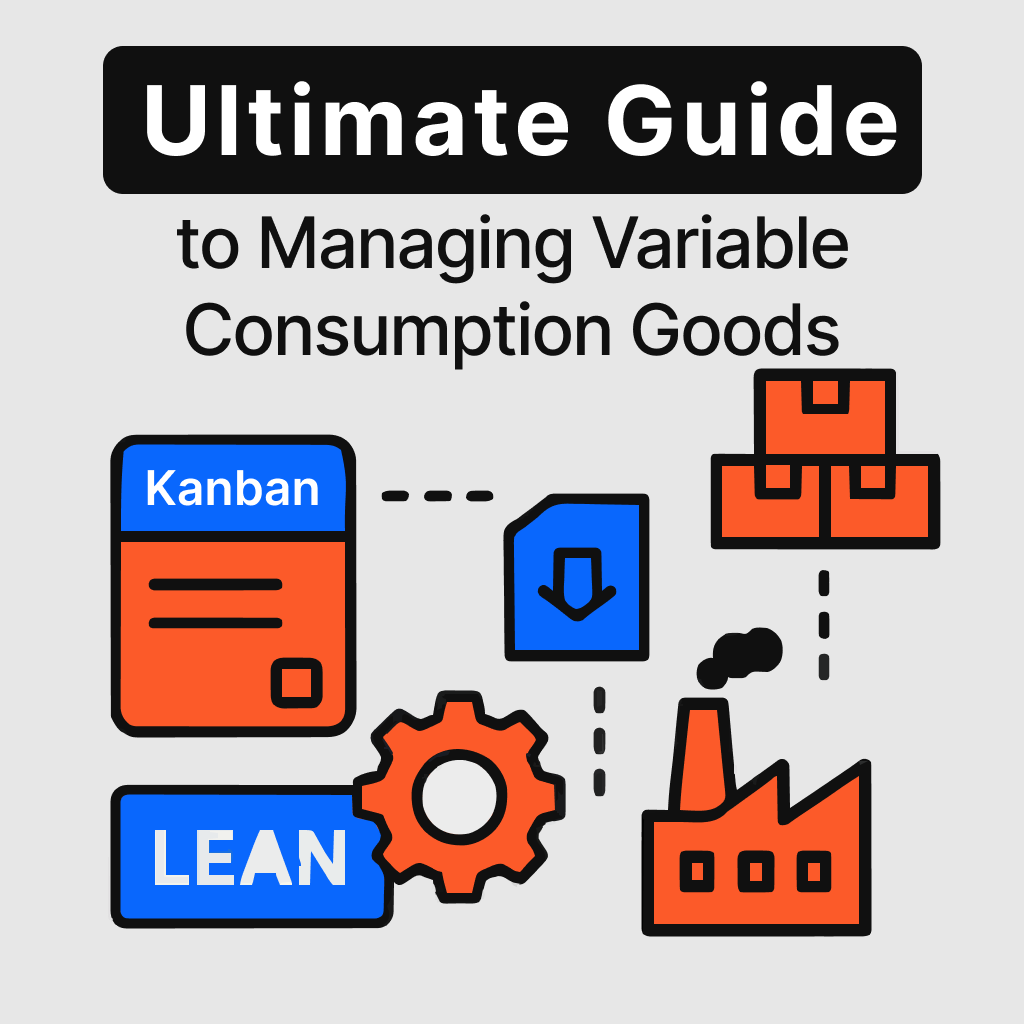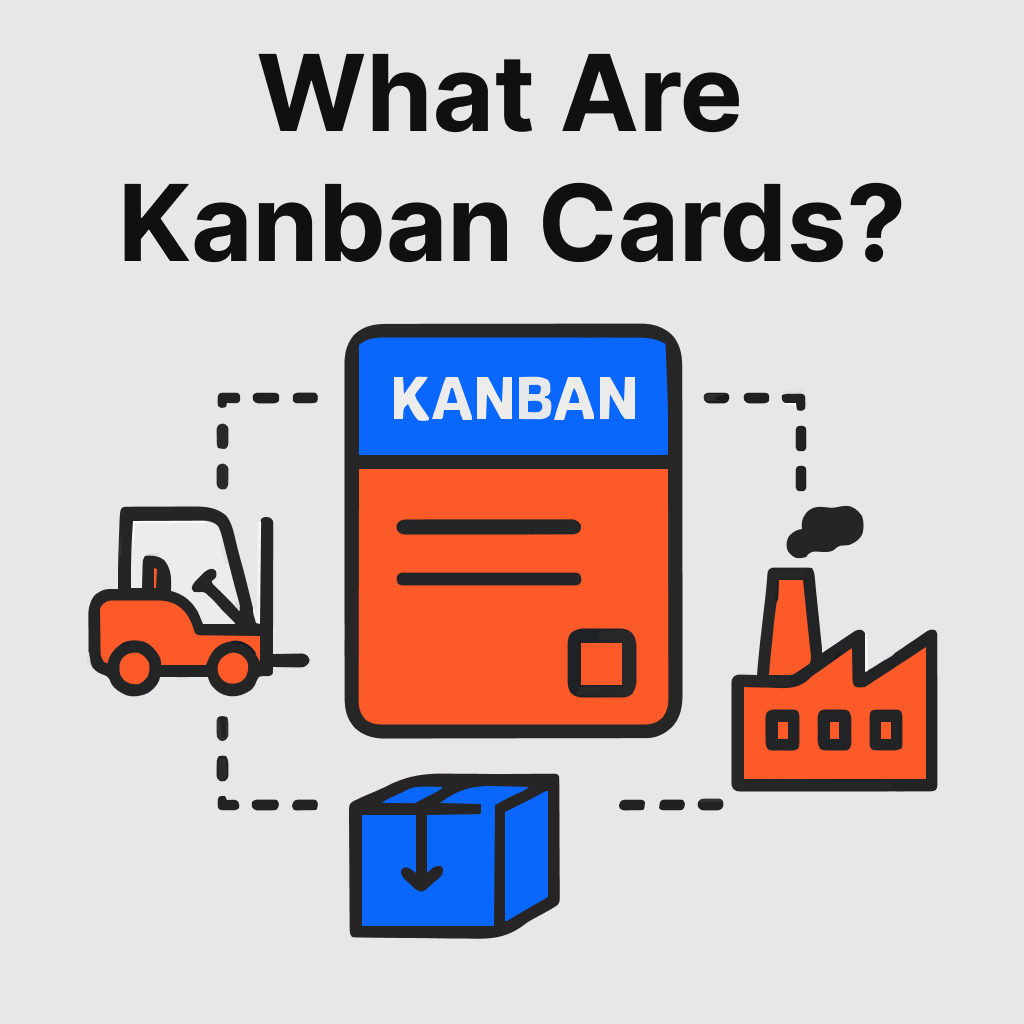Challenges of Implementing Kanban in Manufacturing
Understanding Kanban also means recognizing its limitations. Implementing Kanban without careful consideration of potential challenges can diminish returns and create implementation difficulties:
- Process Stability Requirements: Kanban may not be ideally suited for environments with highly variable or unpredictable processes that require different management approaches.
- Risk of Oversimplification: An overly simplified Kanban board may lack sufficient detail to effectively track complex manufacturing processes with multiple dependencies.
- Non-Iterative Methodology: Unlike some project management approaches, Kanban lacks defined sprints or cycles, which may complicate planning and progress measurement in certain production contexts.
- Communication Delay Potential: Manual Kanban systems may experience communication delays with suppliers, potentially leading to stockouts if not properly managed.
- Performance Indicator Requirements: Without proper implementation, Kanban systems may lack robust performance control indicators essential for effective process optimization.
Beyond Manufacturing: Kanban's Application Across Industries
The versatility of the Kanban system extends well beyond manufacturing environments. The core principles of visual management, continuous improvement, and workflow optimization apply effectively to any repeatable process across diverse industries:
Software Development
Software development teams widely adopt Kanban boards to manage coding, testing, and deployment processes. Typical software Kanban boards include columns for "Backlog," "Development," "Testing," "Deployment," and "Done." This visual structure optimizes workflows and ensures clear task prioritization and status visibility.
Project Management
Project managers leverage Kanban methodology to track work progression from initiation to completion. The visual nature of Kanban boards allows entire teams to identify critical priorities, reducing confusion and keeping projects aligned with strategic objectives.
Product Development
Kanban systems prove valuable for innovation processes by tracking all activities involved in creating new products or services. The methodology helps synchronize production and marketing teams, facilitating faster and more efficient product launches through improved cross-functional visibility.
Marketing
Marketing departments implement Kanban to manage campaigns, track content creation, and oversee various marketing initiatives. A Kanban board can effectively map out an entire content calendar, from blog posts to social media updates, ensuring consistent execution of marketing strategy.
The effectiveness of Kanban lies in its ability to connect strategic planning to execution across organizational functions. Whether developing software, launching marketing campaigns, or managing cross-functional teams, Kanban provides a flexible framework for visualizing work, identifying process bottlenecks, and achieving organizational objectives.
Implementing Kanban with Arda: Start Small, Scale Big
Worried about the complexity of overhauling your entire inventory system? With Arda's approach to Kanban implementation, you don't have to worry. Unlike traditional inventory management overhauls that require facility-wide disruption, Arda allows you to start with just one production line or a handful of critical parts.
Our Incremental Implementation Approach:
- Identify your most problematic inventory items (those with frequent stockouts)
- Set up Arda's physical cards with QR codes for just those items
- Train your team on the simple scan-and-reorder process
- Monitor the results and expand to additional items at your own pace
Many Arda customers begin with just 10-20 critical components and experience such dramatic improvements that they quickly expand the system across their entire operation. This low-risk approach ensures minimal disruption to your current processes while demonstrating clear ROI.
Ready to take the first step towards implementing Kanban and taking back control of your inventory? Schedule a demo!
Is Kanban Right for Your Manufacturing Business?
The journey from Toyota's revolutionary production system to today's versatile Kanban methodology demonstrates its enduring power to transform manufacturing operations. More than just a workflow management tool, Kanban represents a fundamental shift in how manufacturers can approach production control, inventory management, and continuous improvement.
The system's core strengths, visual management, pull-based production, and waste reduction, directly address the critical challenges facing modern manufacturers:
- Balancing production with real-time demand
- Minimizing costly excess inventory
- Maintaining quality while increasing efficiency
- Adapting quickly to market changes
- Empowering teams at all levels
For manufacturers ready to move beyond reactive production management and take control of their operations, Kanban offers a proven methodology that delivers measurable results. The key lies not in completely overhauling your existing systems, but in taking an incremental approach that builds on current processes while steadily improving them.
Whether you're struggling with inventory challenges, seeking to improve efficiency, or aiming to build a more responsive manufacturing operation, Kanban provides a clear path forward.
%201.svg)








.svg)














.svg)
.svg)

.svg)